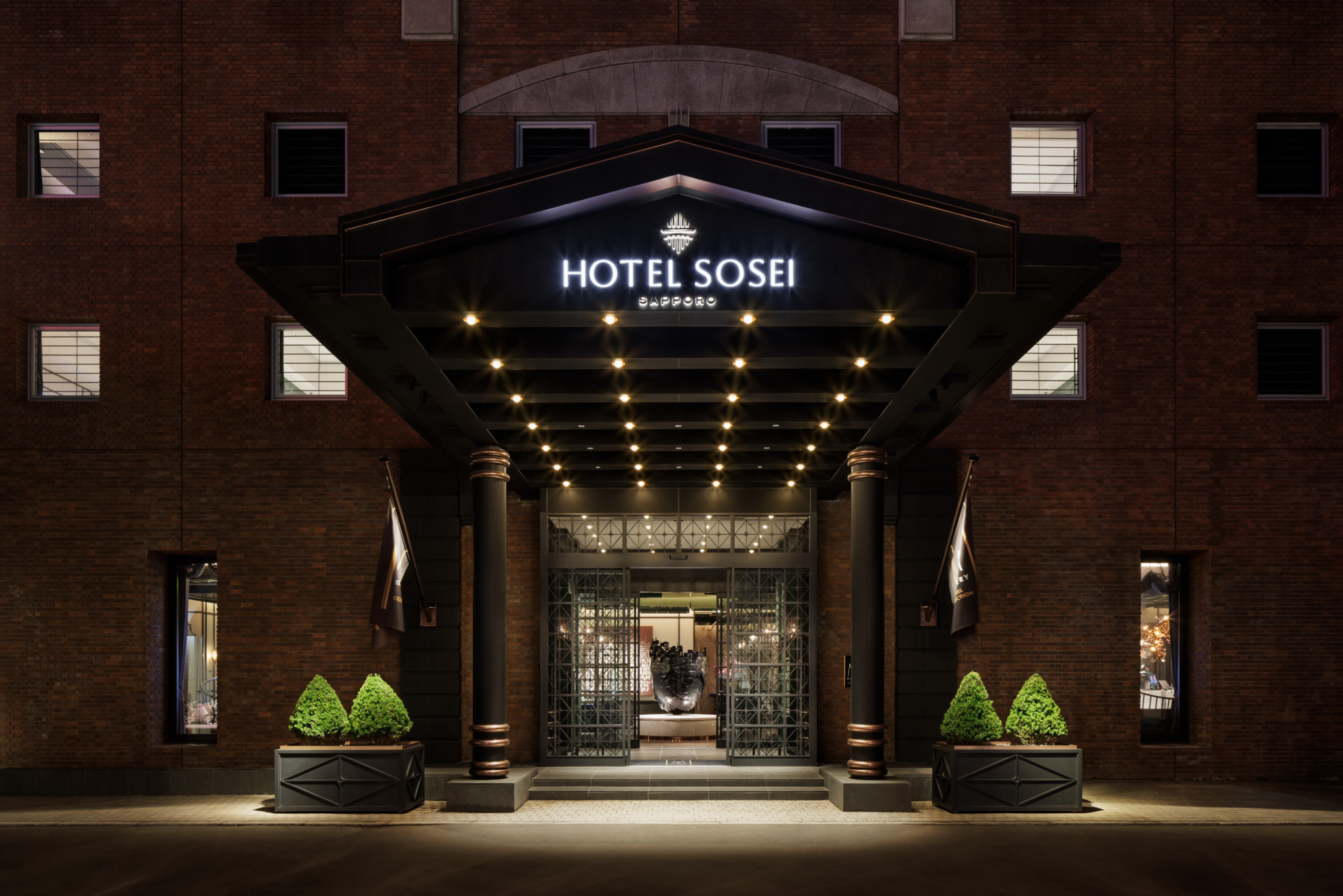
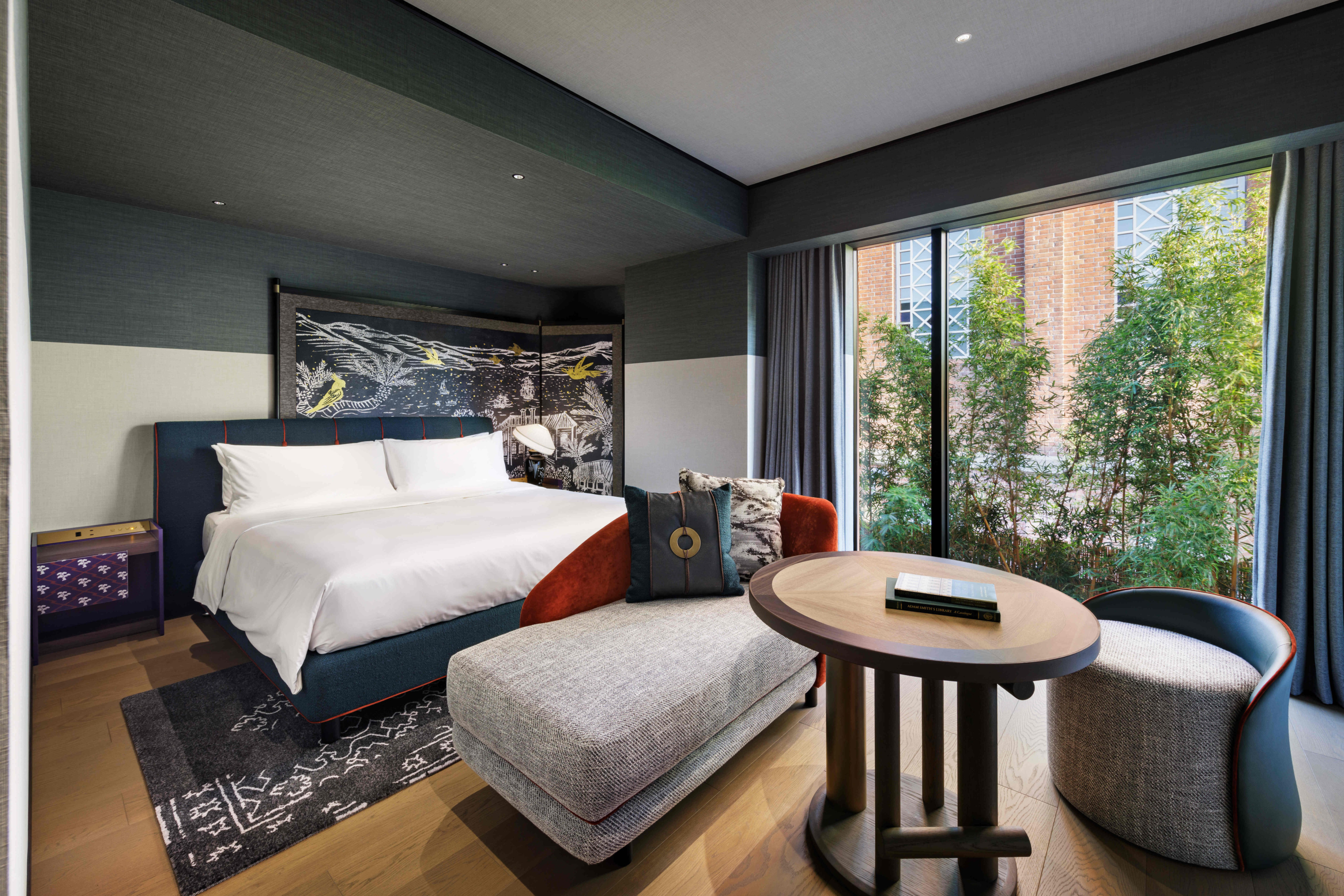
GUEST ROOM -HOTEL INDIGO NAGASAKI GLOVER STREET-
ホテルインディゴ長崎グラバーストリート

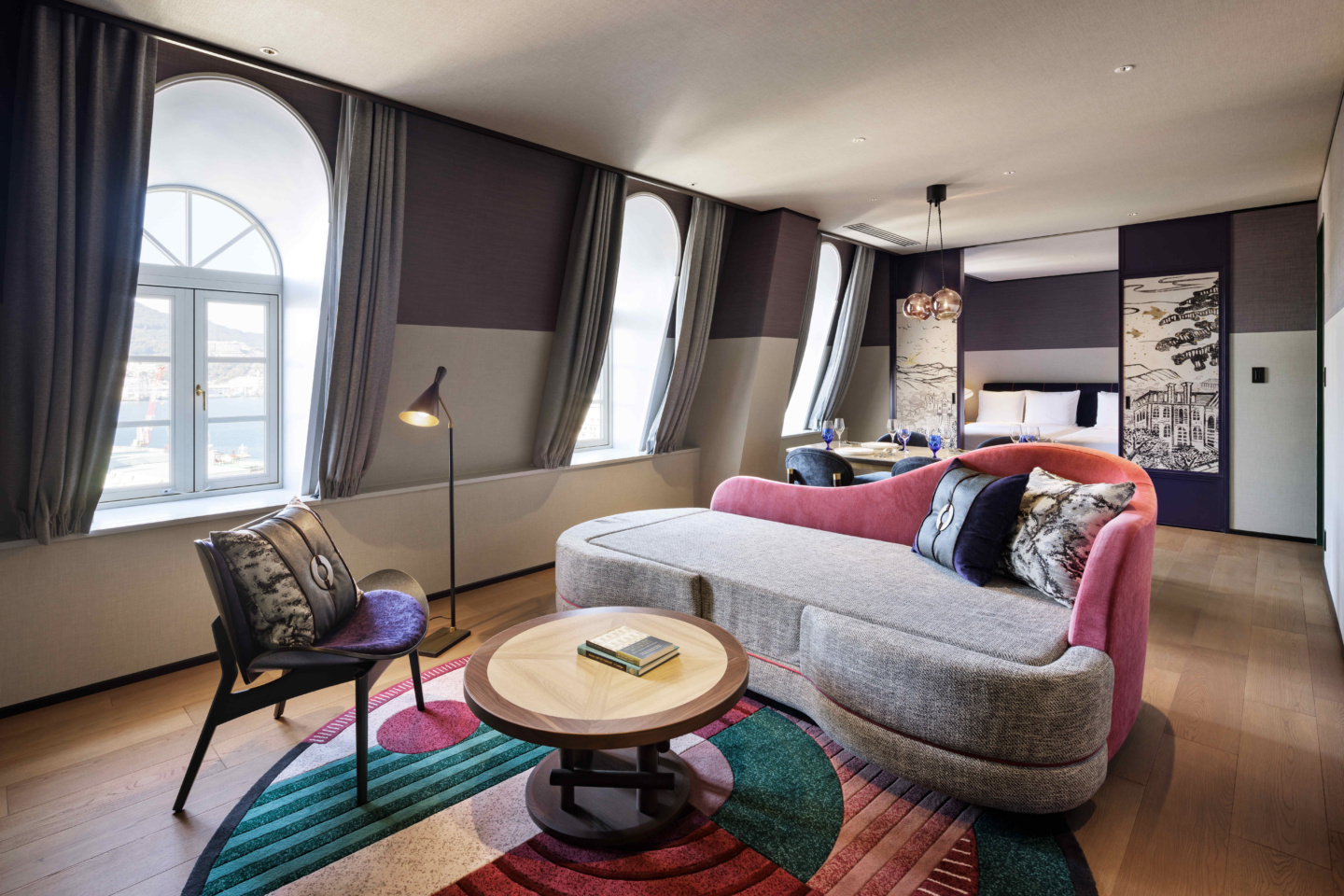
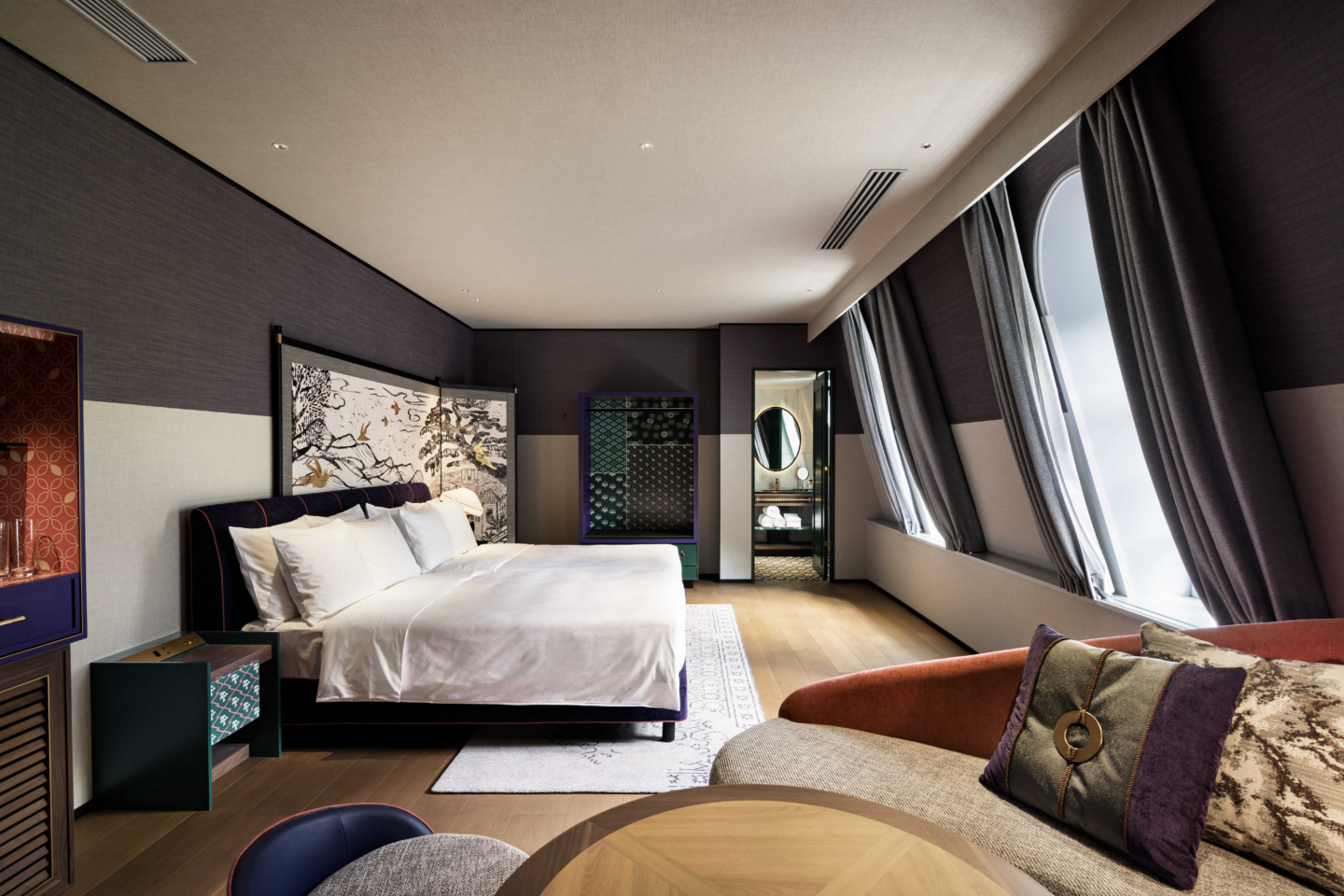
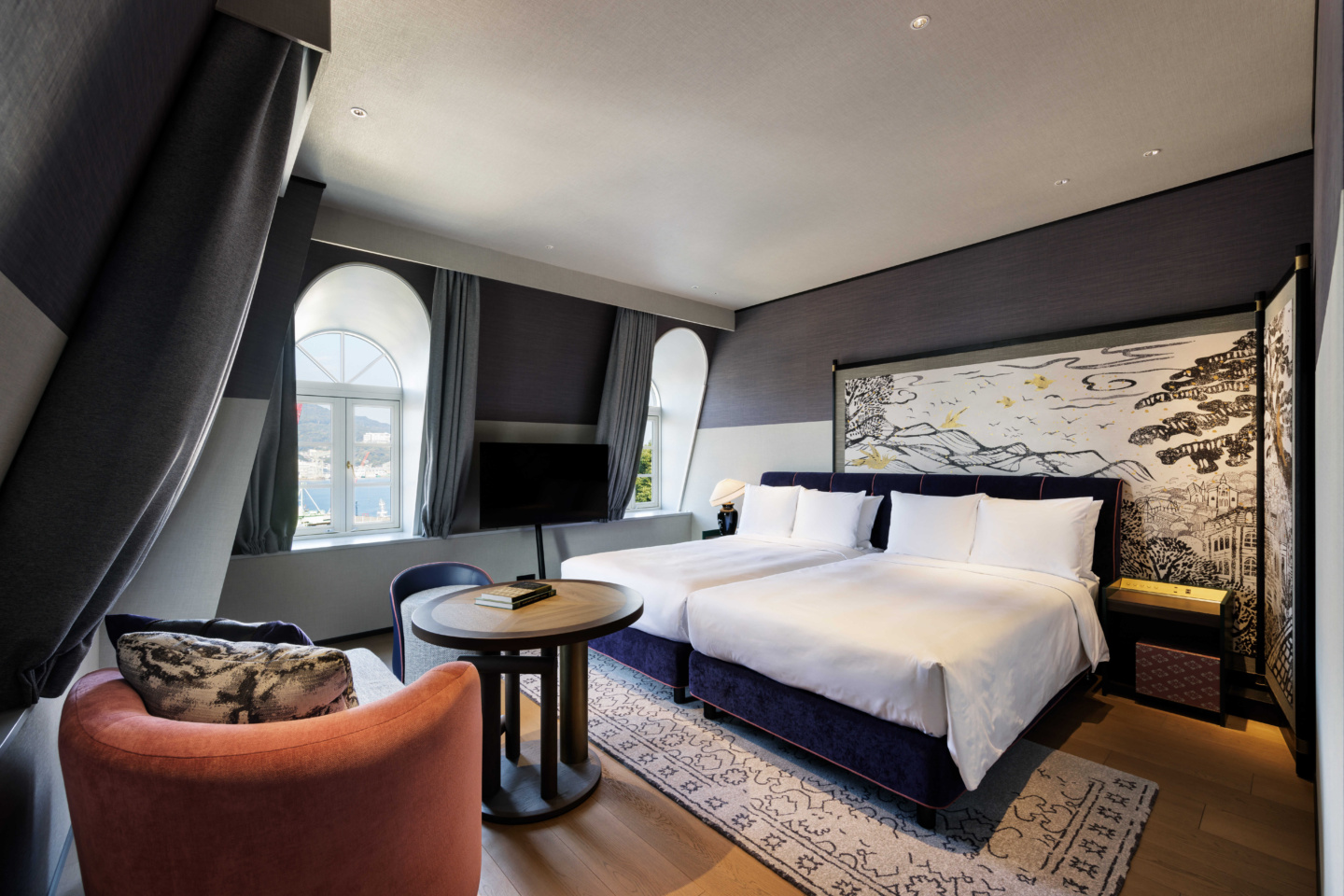
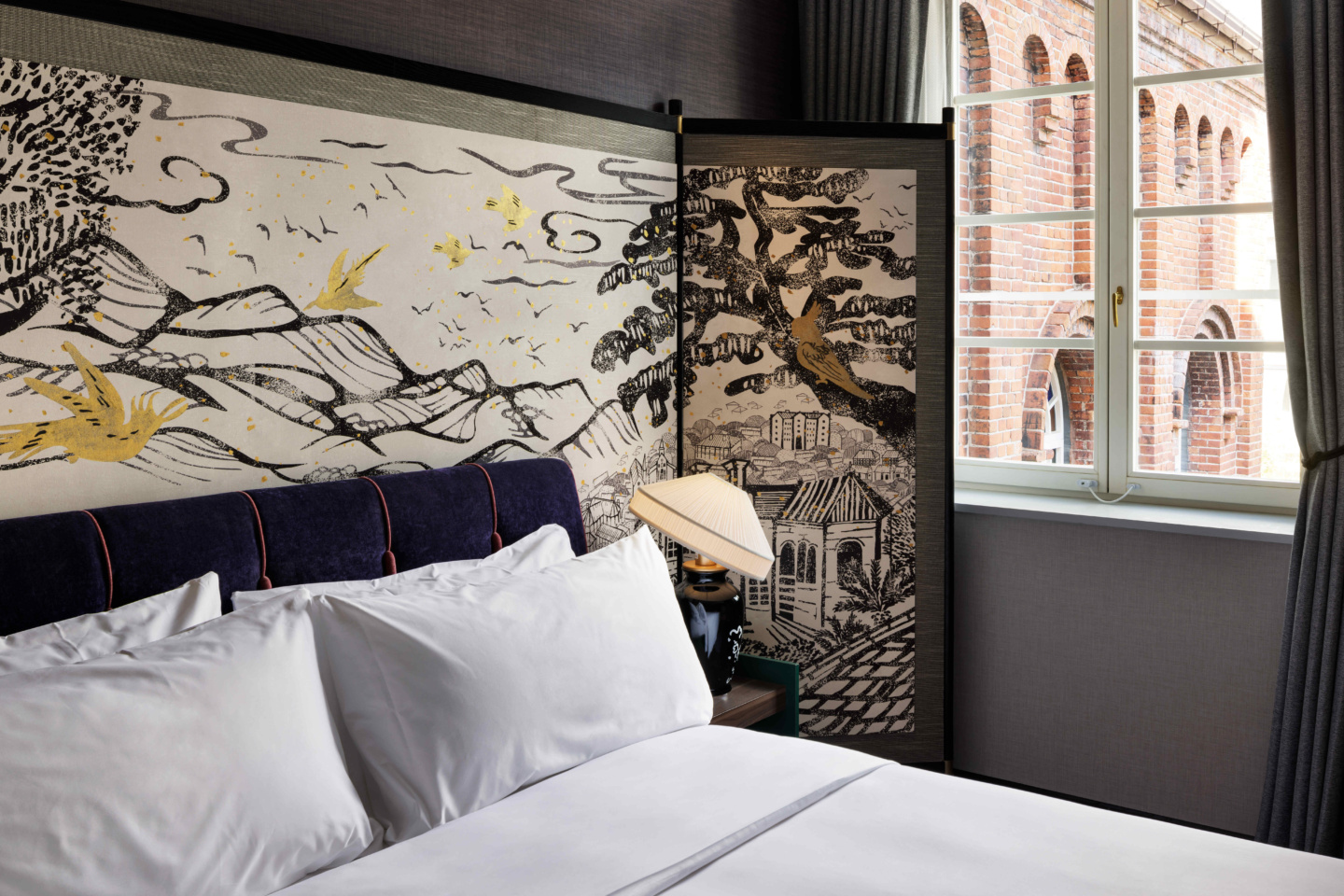

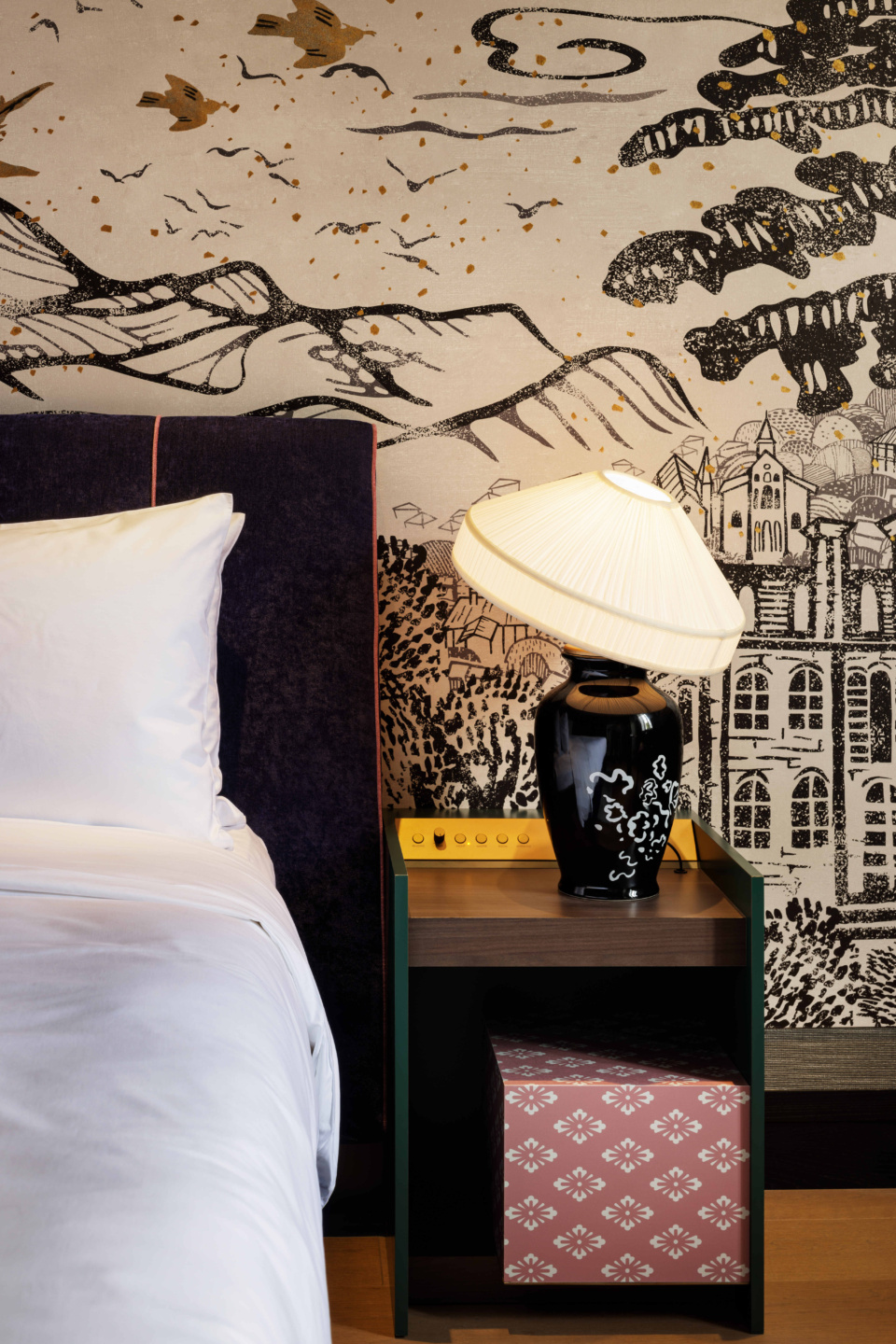
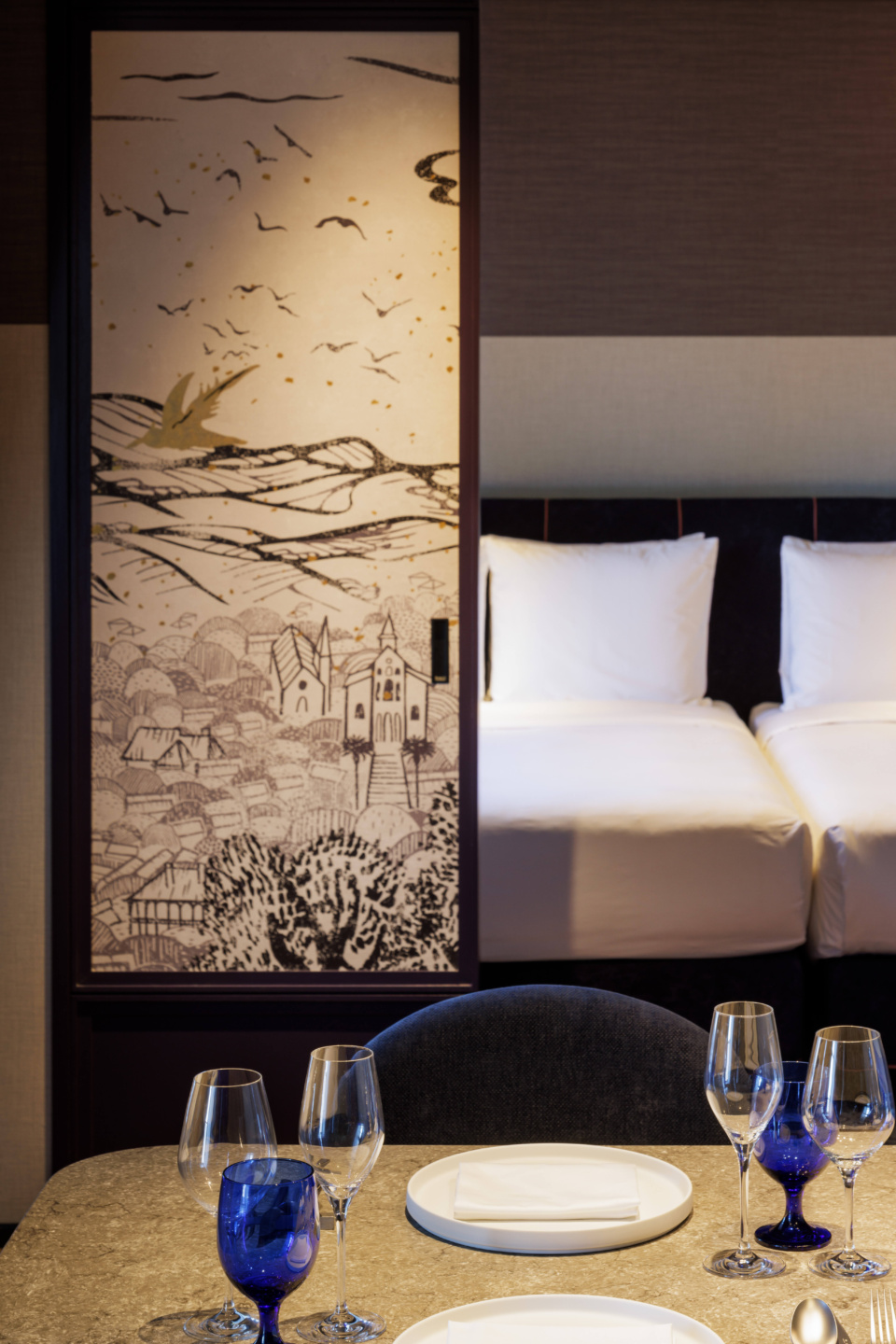
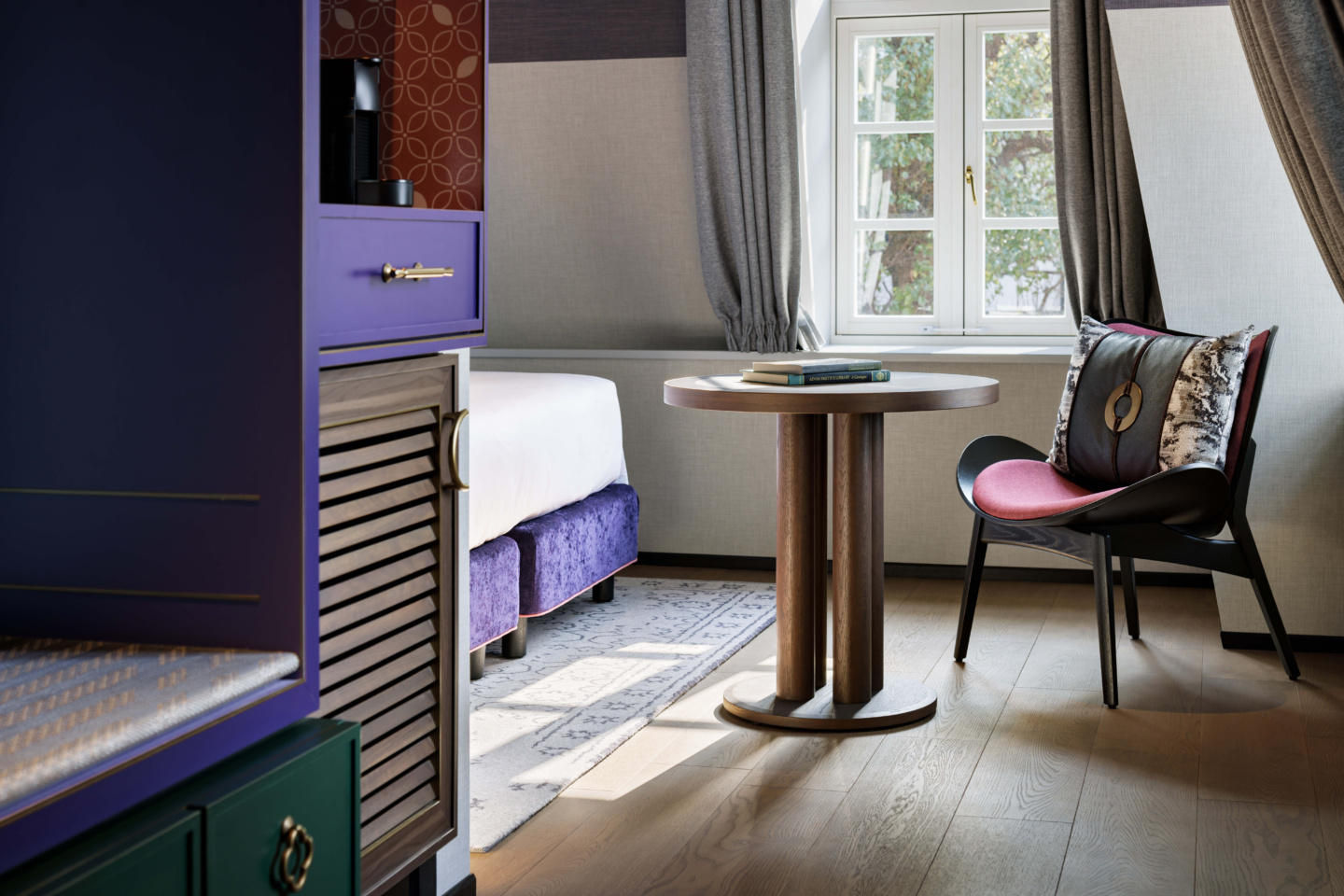
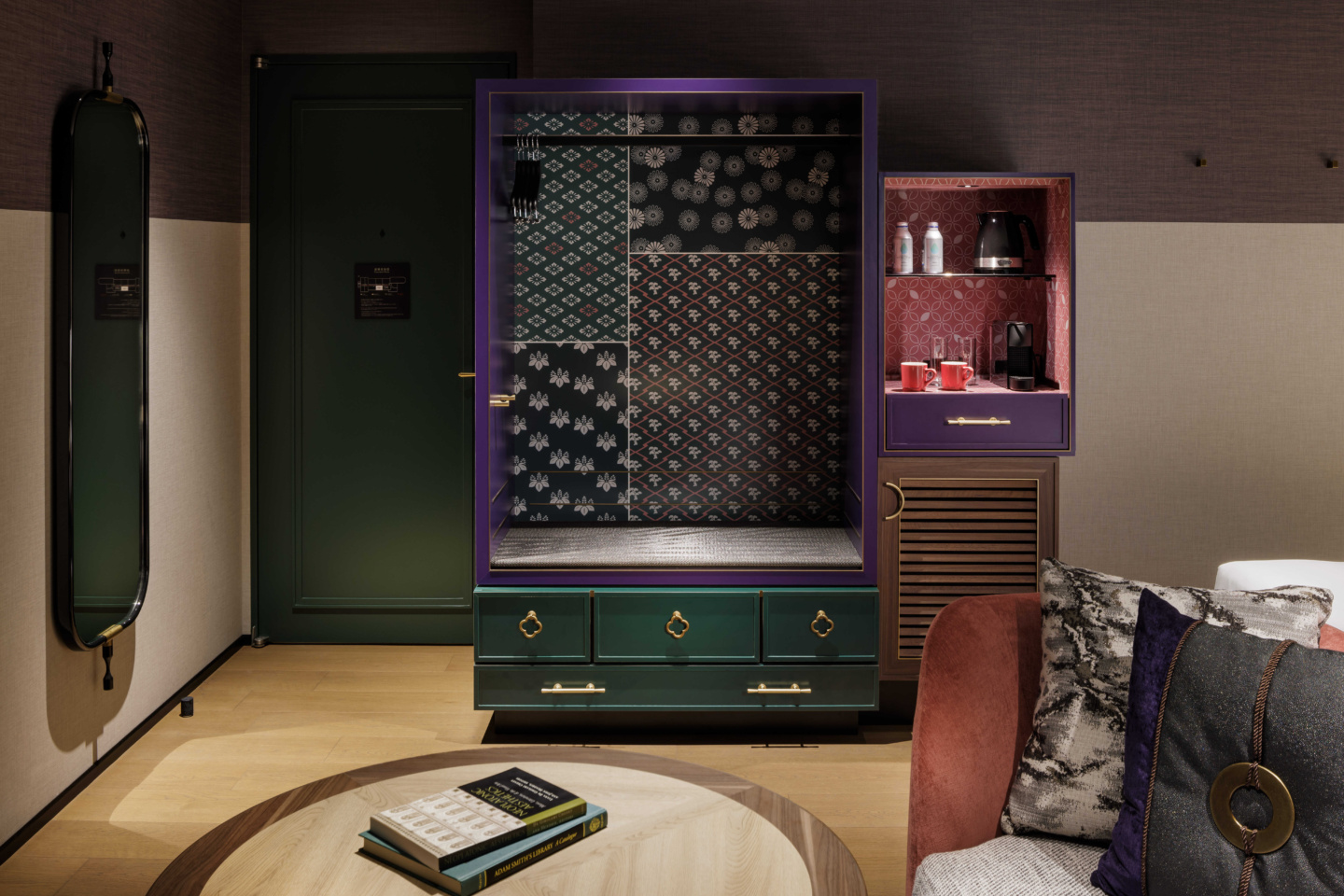
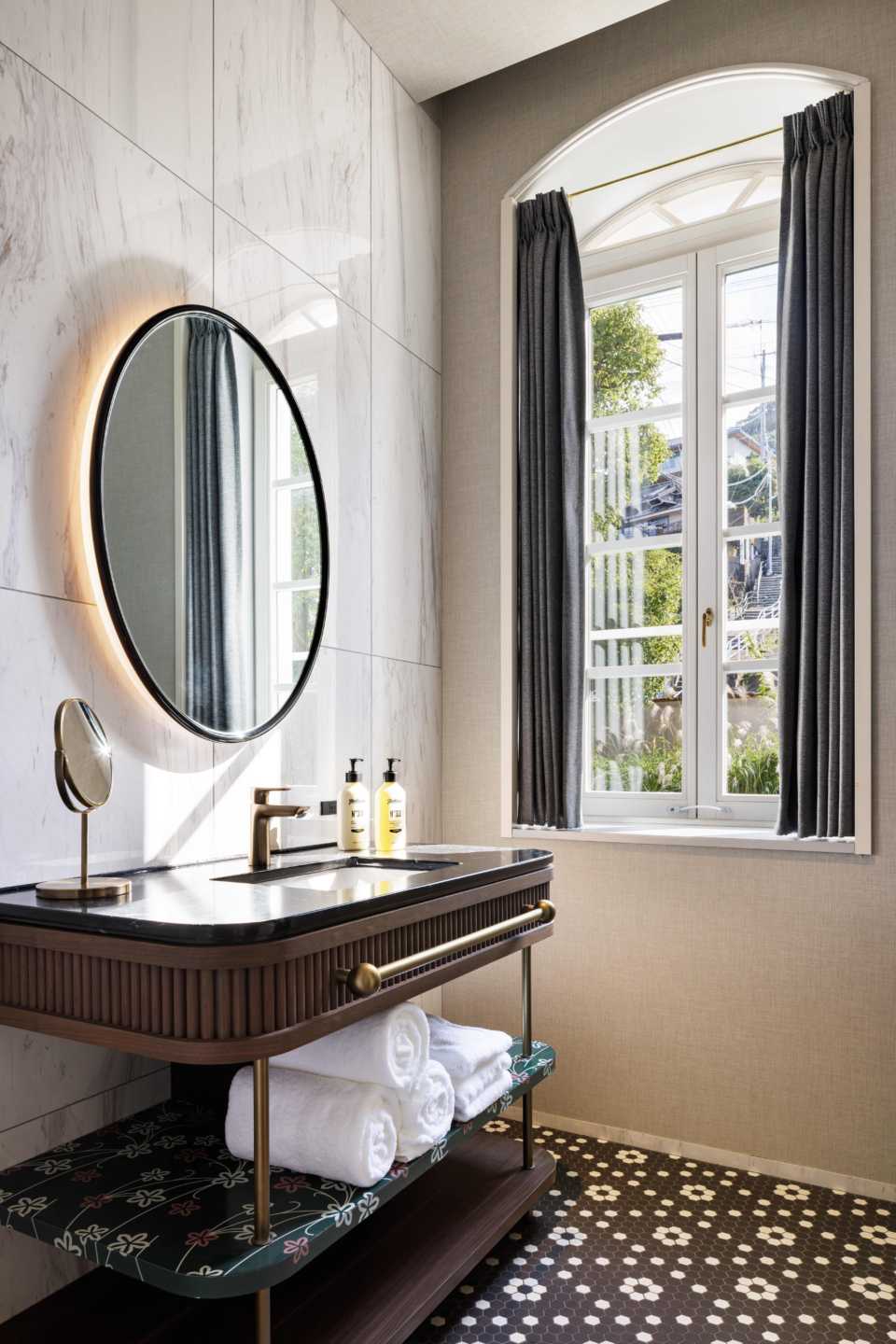
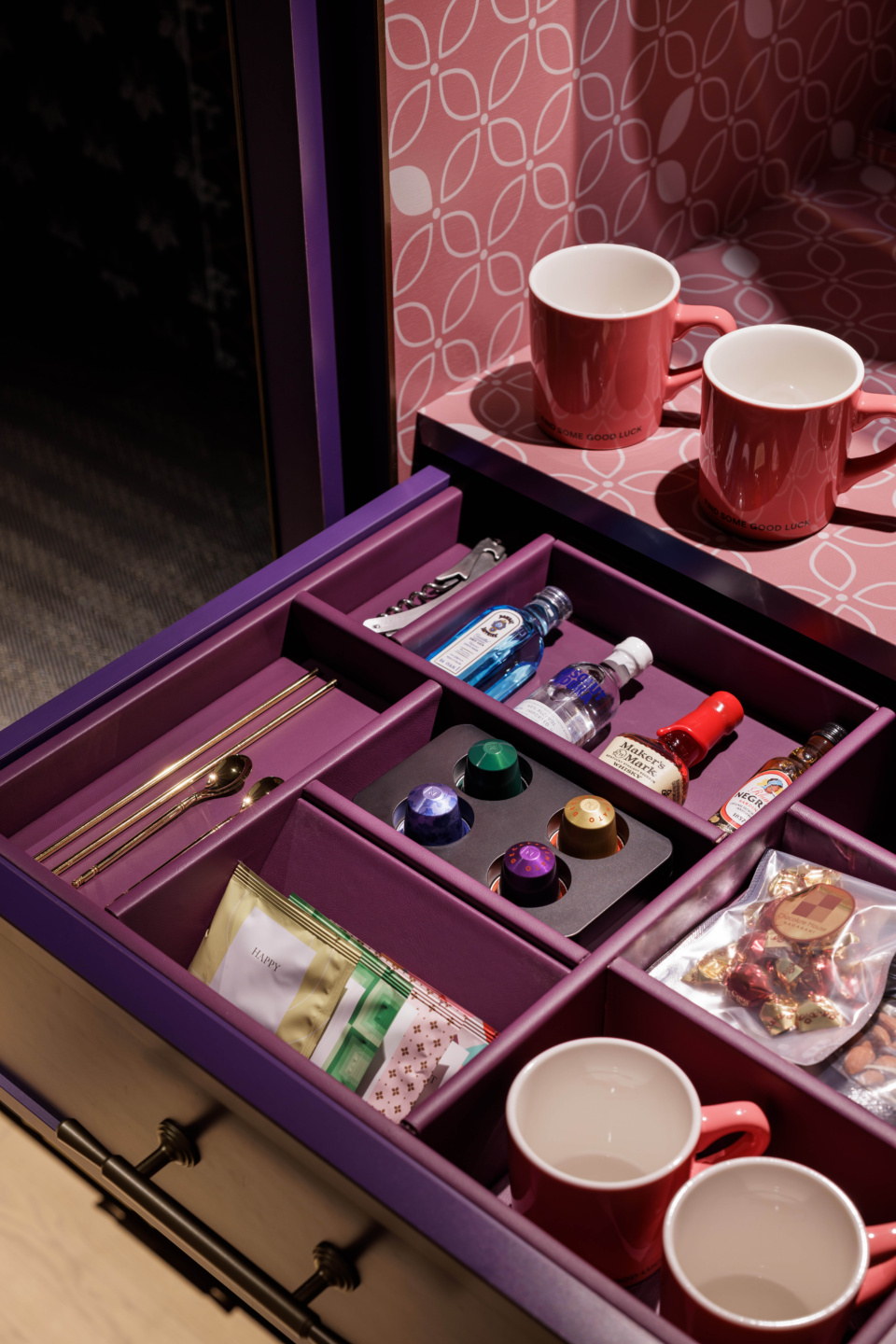
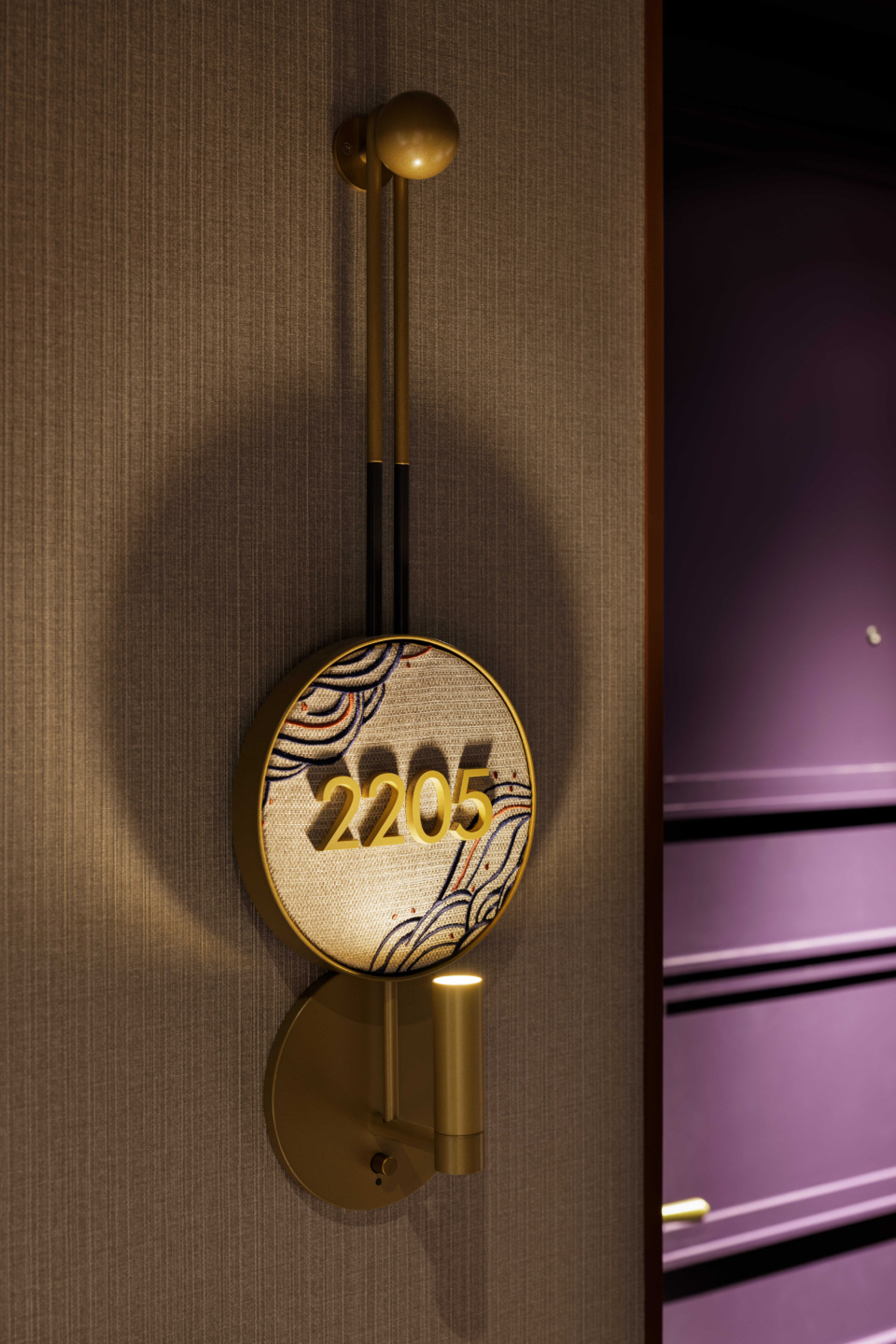

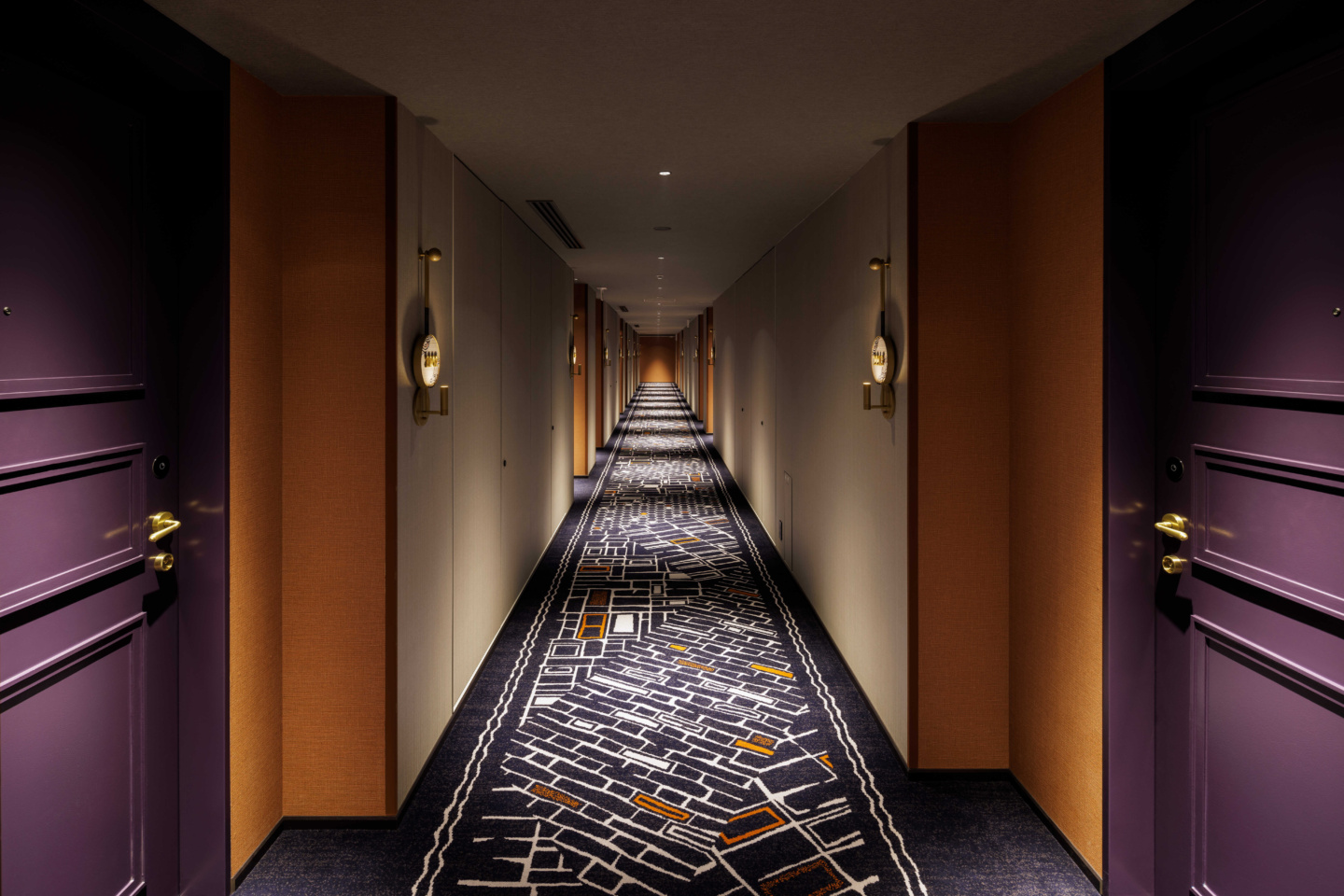
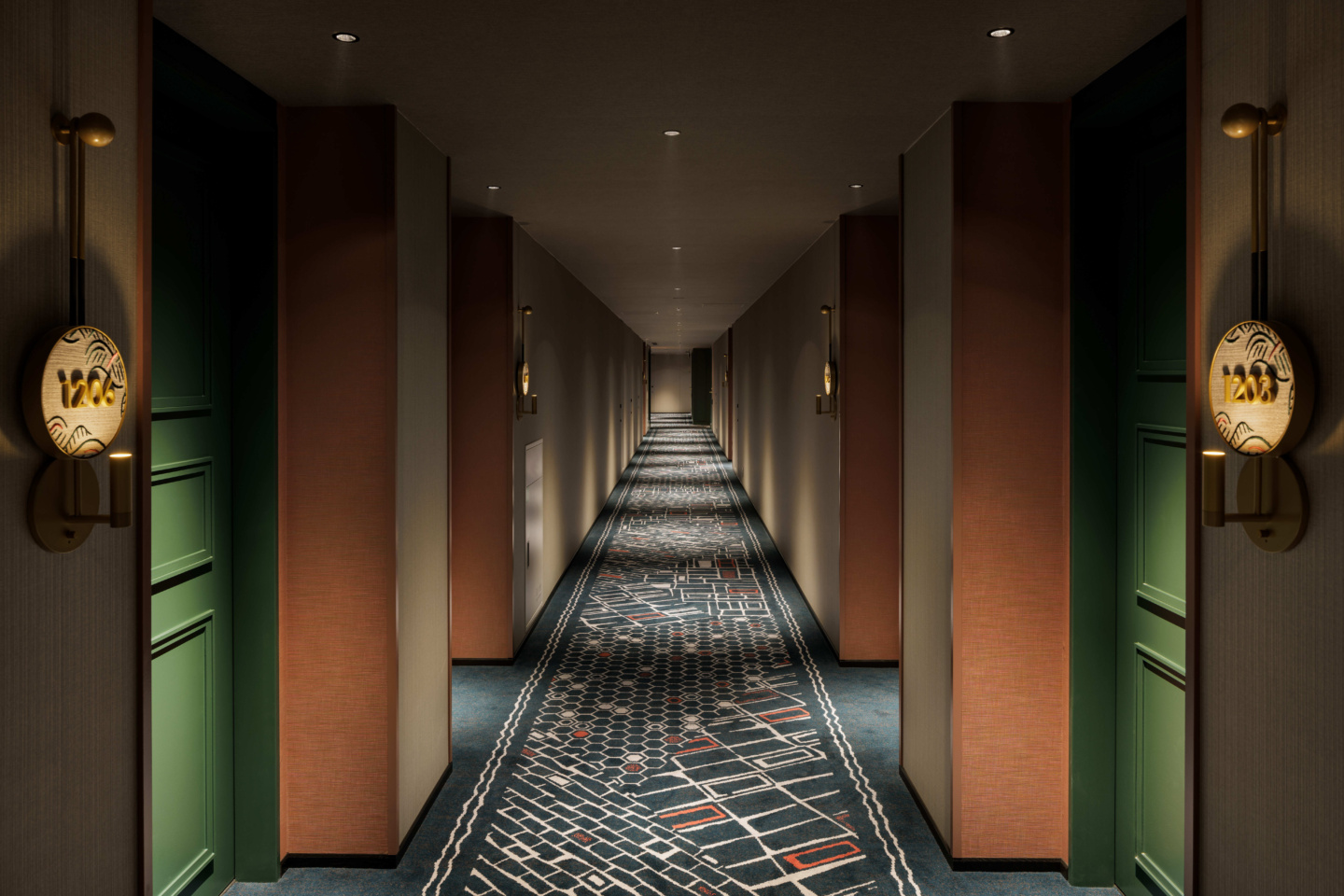
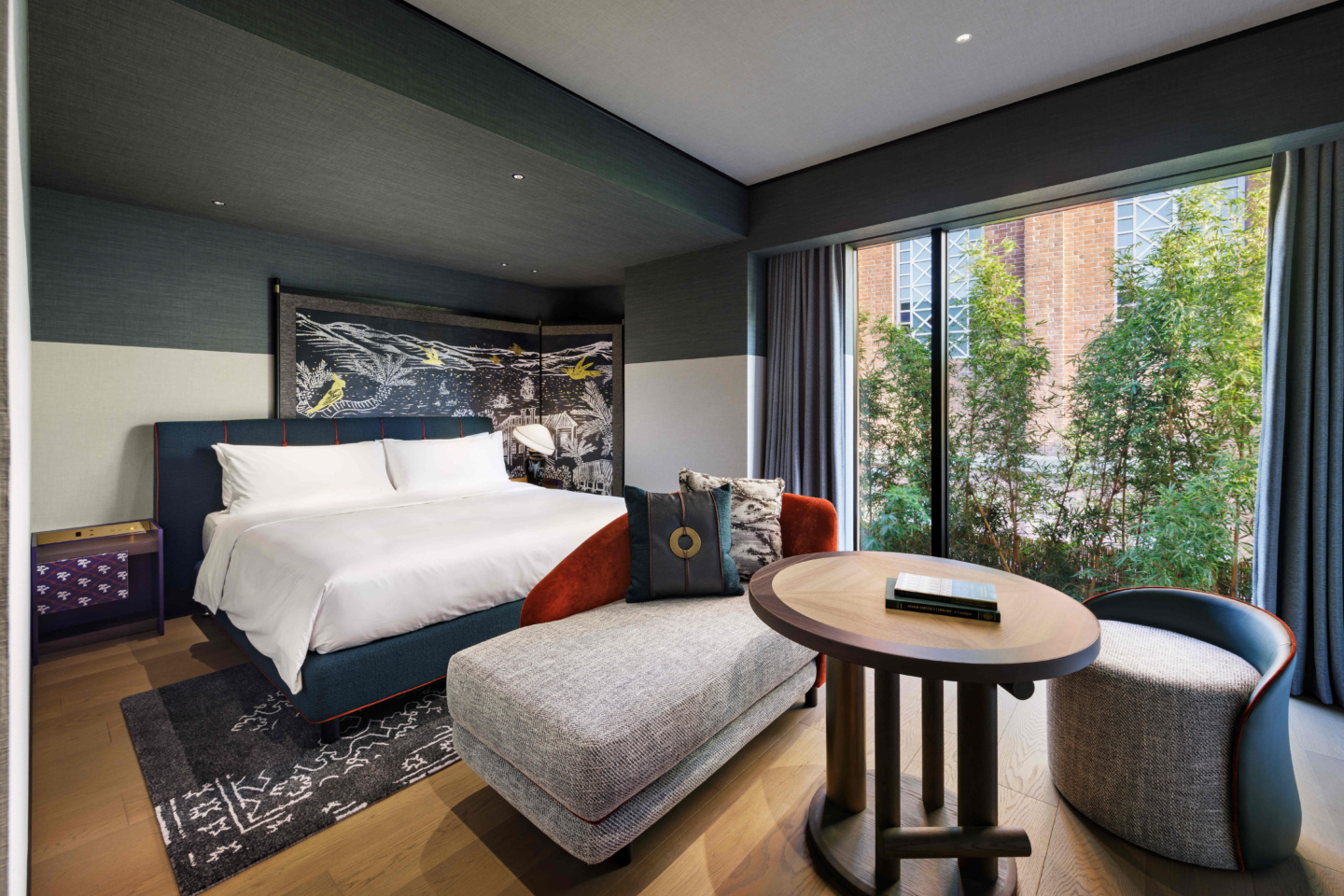
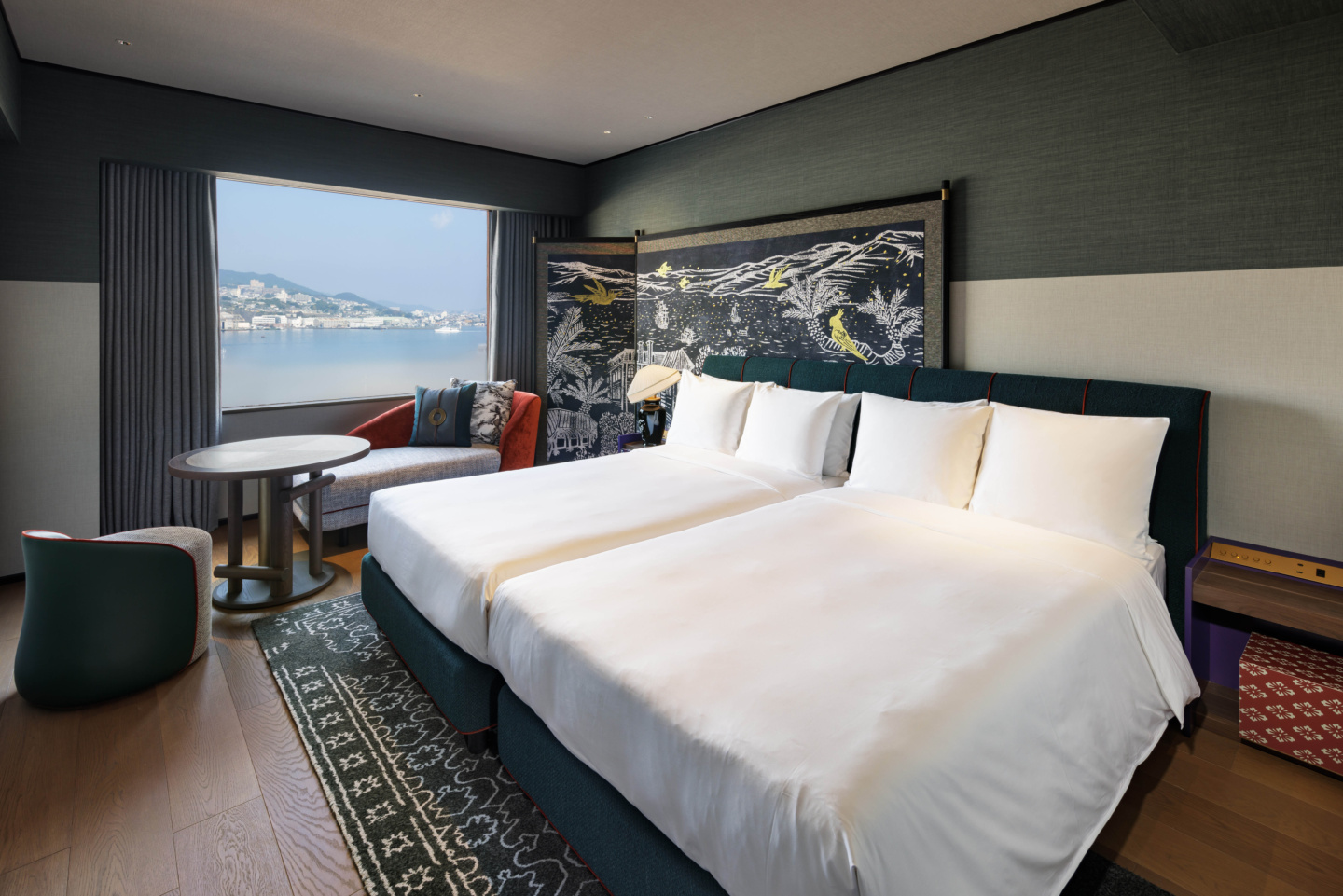
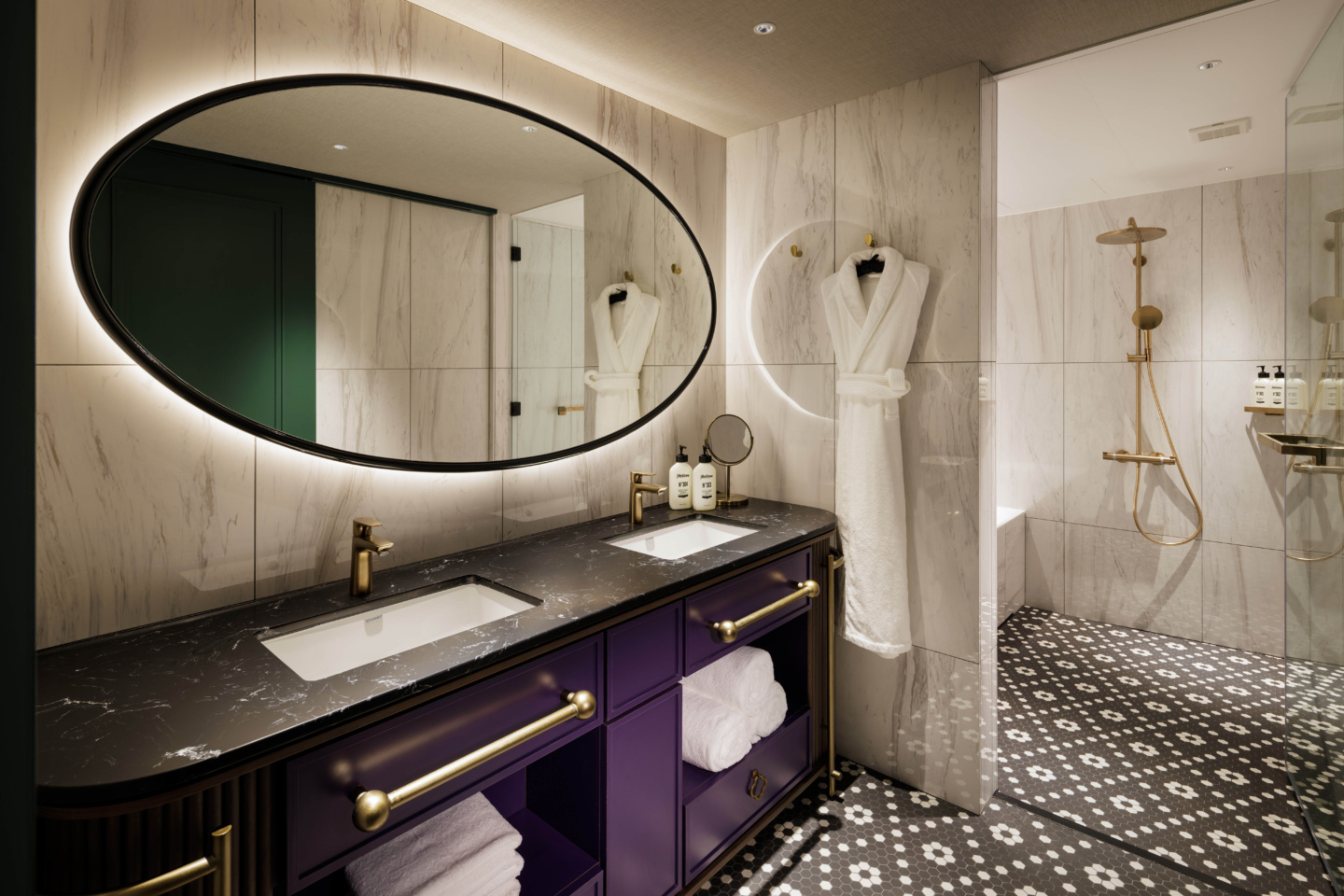
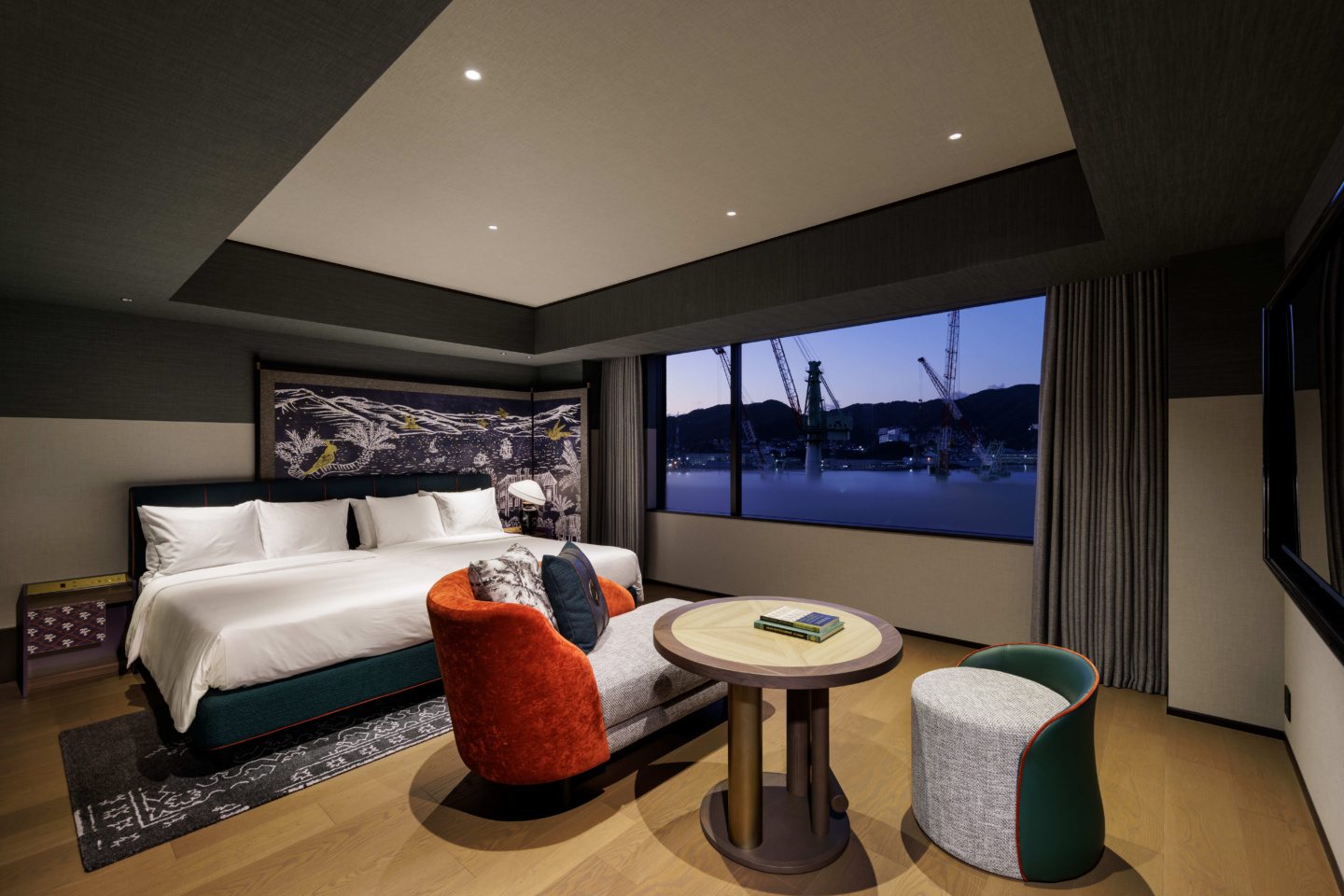
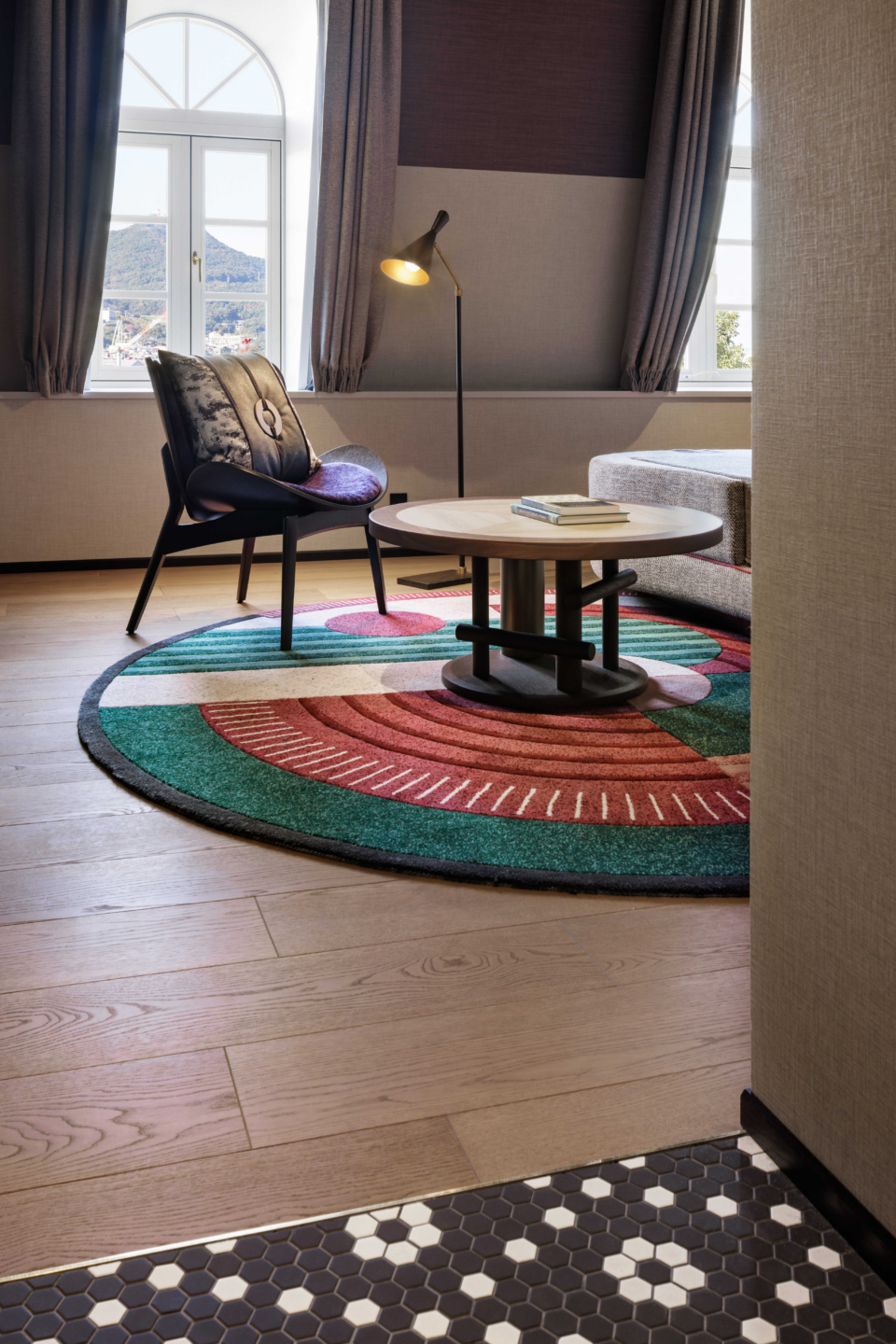
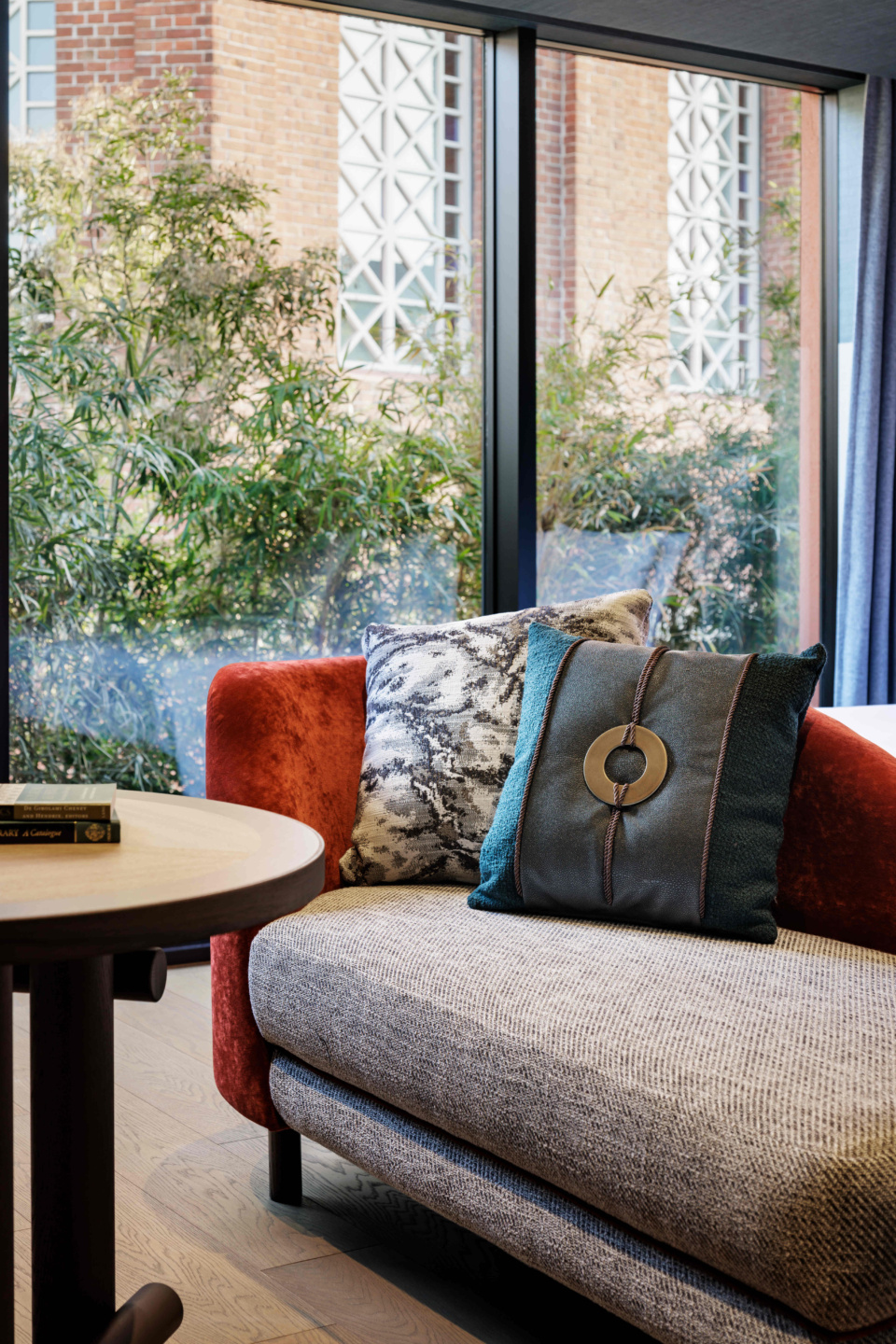
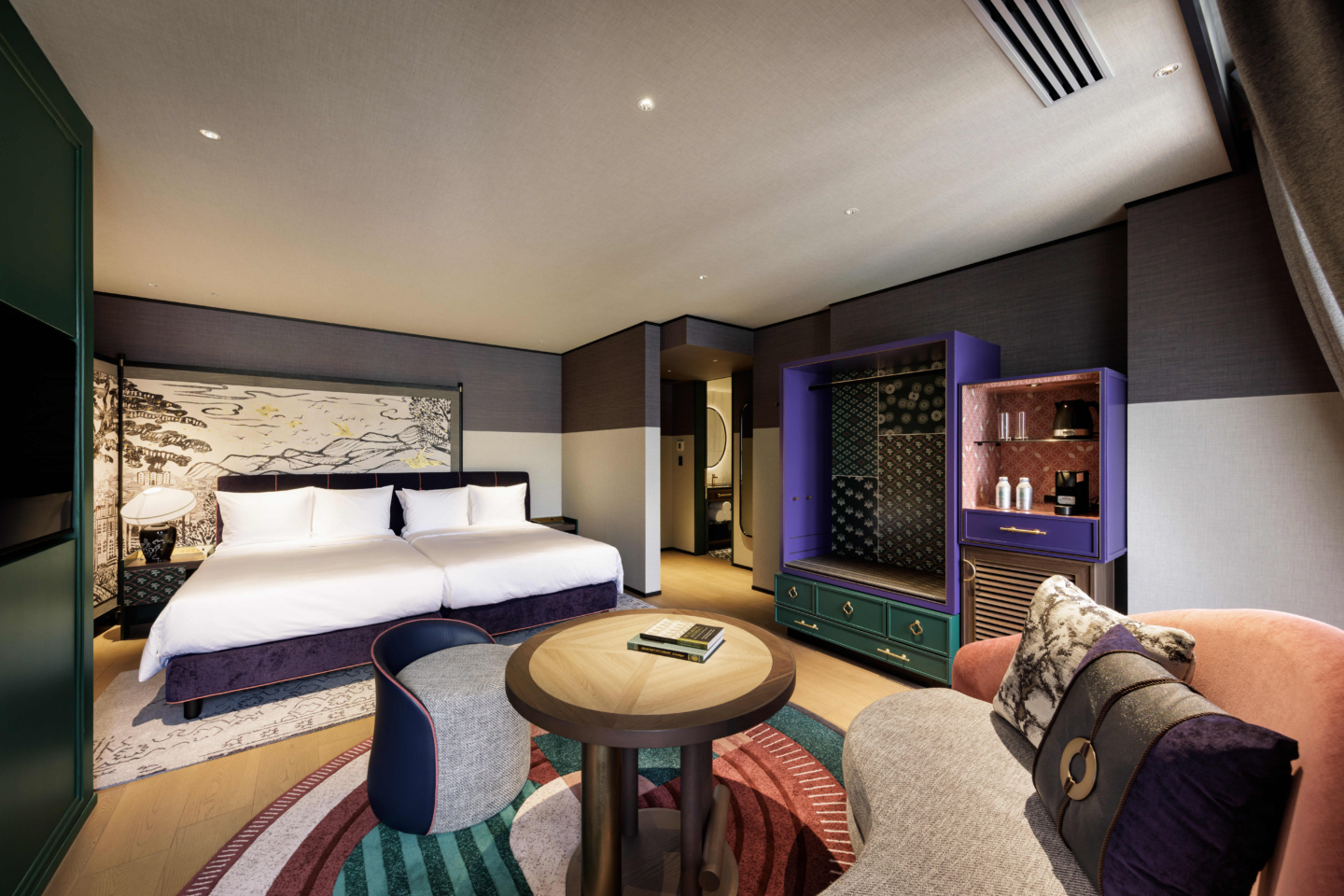

ホテルインディゴ長崎グラバーストリート























During Japan’s isolation period, Nagasaki was known as the only port town where overseas trade was permitted and the Minami Yamate and Higashi Yamate areas were opened as a settlement to welcome new foreign residents.
Later, the area took root as a residential area for foreign merchants who travelled to Japan in search of business opportunities, and the imported goods and industrial goods brought by them were a mixture of Japanese, Chinese and Dutch cultures. Gradually, the products developed in their own unique way and had a significant impact on the civilization of not only Nagasaki but also other parts of Japan.
Hotel Indigo Nagasaki Glover Street is a conversion of the historical building, located in a prime location of Minami Yamate. In order to connect the history and culture of the region in a new form, the merchants who lived and worked in Nagasaki during this period are adopted as main characters, and a highly creative and glamourous environment in line with the Hotel Indigo brand while respecting the ambience of the relaxed and distinctive worldview unique to this city is created.
The graphic of the floor of the common areas is inspired by the intersection of the cobblestone pavements of the settlement, and the signage design based on the motif of Nagasaki glasses is adopted to enhance the excitement of the guests as if strolling through the streets of Nagasaki.
The guest rooms are divided into the brick-built main building with a view of the Minami Yamate area through arched windows, and the newly built north wing with large windows overlooking the harbor.
The spatial design is inspired by the collections of imported goods brought to the settlement by the merchants of the time. These include a folding screen reminiscent of Nagasaki prints depicting the cityscape, lighting fixtures incorporating print ware techniques, and furniture decorated with the distinctive karakami patterns seen in the Kapitan rooms on Dejima and elsewhere.
A new sense of value is created while retaining a trace of foreign aesthetics by incorporating unique and colorful motifs from products brought in from various countries. Moreover, each function, such as the closet, minibar and safe, is integrated into a single unit, which is reminiscent of a stack of boxes of furnishings imported from foreign countries.